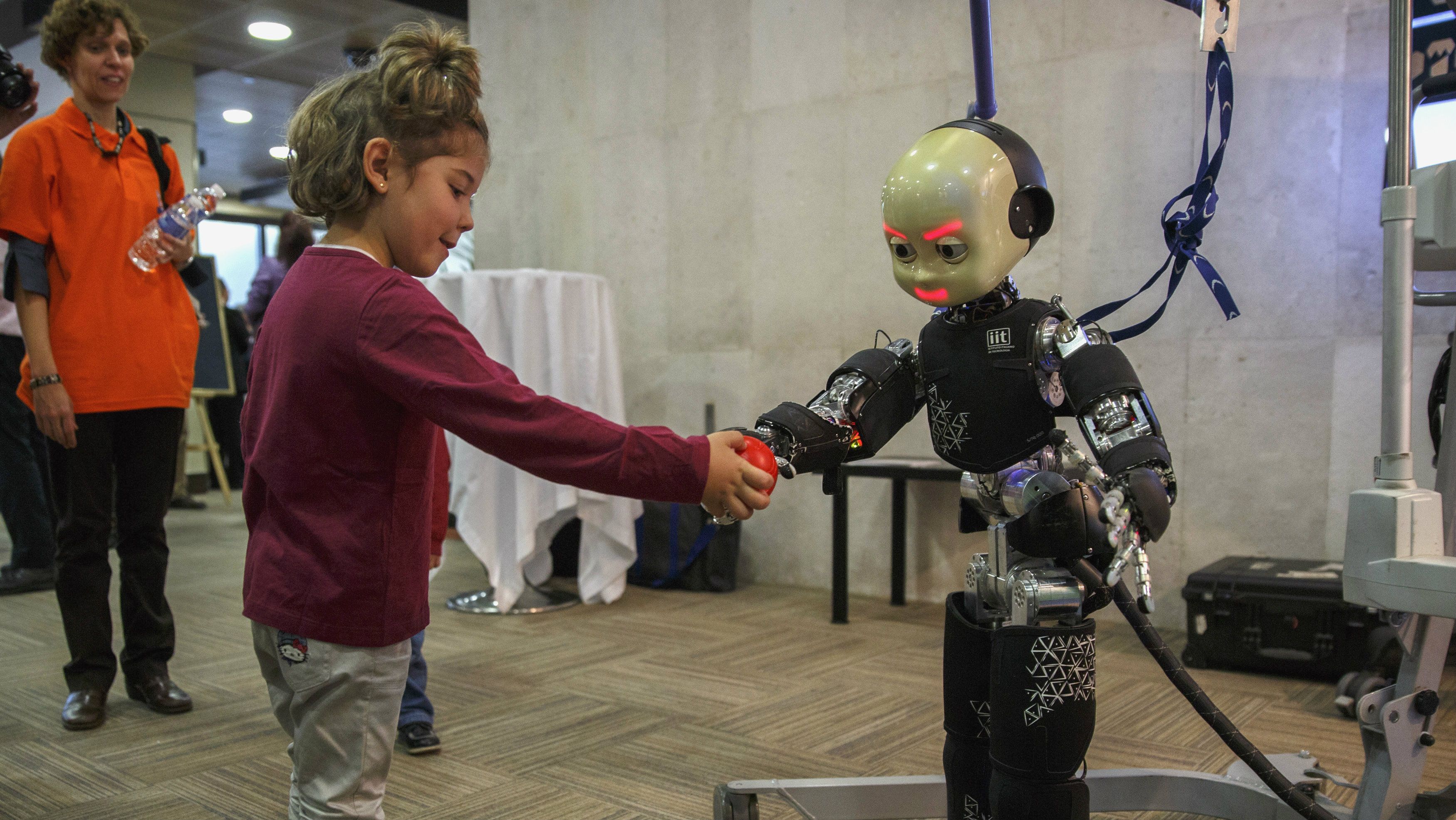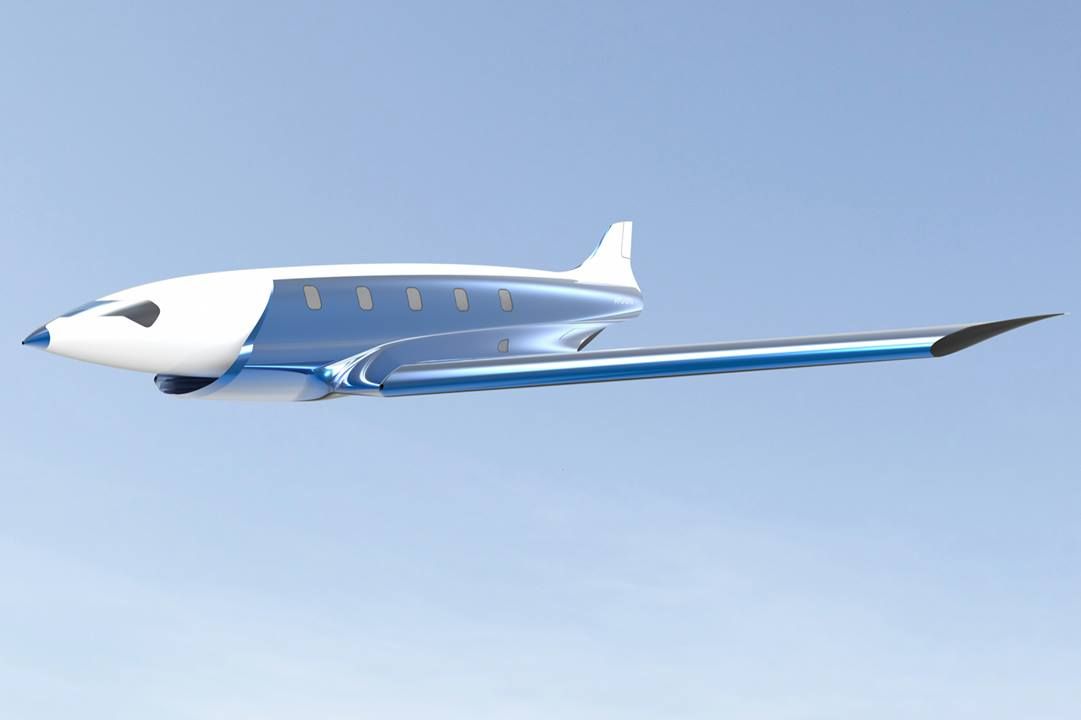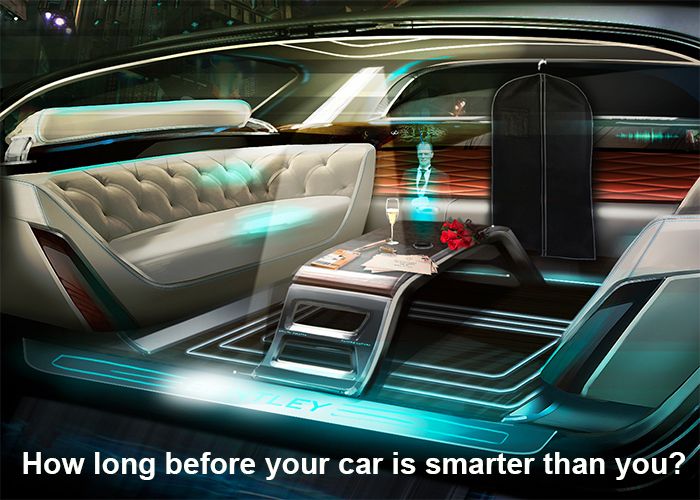CARJAM TV — Subscribe Here Now https://www.youtube.com/user/CarjamRadio/videos
Like Us Now On Facebook: http://www.facebook.com/CarjamTV
For The World’s Best Car Videos.
Website: http://www.carjamtv.com
Mercedes S Class Driverless Car Is Here 2015 Commercial Self Driving Mercedes S Class W222. As the inventor of the automobile, Mercedes-Benz natural assumes a pioneering role where autonomous driving is concerned. The declared aim is to develop the automobile further, from a self-moving (“automobile”) vehicle to an independent (“autonomous”) vehicle. In its research and development activities, Mercedes-Benz goes well beyond purely technical realisation of automated driving and anticipates various scenarios.
Semi-autonomous driving is already a fact on public roads today – for example with the Mercedes-Benz models in the S-, E-, C- and CLS-Class. One such feature is Stop-and-Go Assist, which automatically follows tailback traffic and provides steering assistance. When parking with the aid of Active Park Assist, the technology chooses a suitable parking space and takes over the steering. The driver only needs to accelerate and brake. Mercedes-Benz is continuing its “Intelligent Drive” strategy with numerous assistance systems and substantially expanded functions with the aim of systematically enhancing comfort and safety. CARJAM TV. An autonomous car, also known as a driverless car, self-driving car or robot car, is an autonomous vehicle capable of fulfilling the human transportation capabilities of a traditional car. As an autonomous vehicle, it is capable of sensing its environment and navigating without human input.
Autonomous vehicles sense their surroundings with such techniques as radar, lidar, GPS, and computer vision. Advanced control systems interpret sensory information to identify appropriate navigation paths, as well as obstacles and relevant signage.[6] Some autonomous vehicles update their maps based on sensory input, allowing the vehicles to keep track of their position even when conditions change or when they enter uncharted environments.
Some quasi-autonomous demonstration systems date back to the 1920s and the 1930s.[7] Since the 1980s, when Mercedes-Benz and Bundeswehr University Munich built a driverless car through the EUREKA Prometheus Project,[8] significant advances have been made in both technology and legislation relevant to autonomous cars. Numerous major companies and research organizations have developed working prototype autonomous vehicles, including Mercedes-Benz, General Motors, Continental Automotive Systems, Autoliv Inc., Bosch, Nissan, Toyota, Audi, Vislab from University of Parma, Oxford University and Google. In 2010, four electric autonomous vans successfully drove 8000 miles from Italy to China. The vehicles were developed in a research project backed by European Union funding, by Vislab of the University of Parma, Italy. As of 2013, four U.S. states have passed laws permitting autonomous cars.
Many major automotive manufacturers, including General Motors, Ford, Mercedes Benz, Volkswagen, Audi, Nissan, Toyota, BMW, and Volvo, are testing driverless car systems as of 2013. BMW has been testing driverless systems since around 2005,[67][68] while in 2010, Audi sent a driverless Audi TTS to the top of Pike’s Peak at close to race speeds.[10] In 2011, GM created the EN-V (short for Electric Networked Vehicle), an autonomous electric urban vehicle.[69] In 2012, Volkswagen began testing a “Temporary Auto Pilot” (TAP) system that will allow a car to drive itself at speeds of up to 80 miles per hour (130 km/h) on the highway.[70] Ford has conducted extensive research into driverless systems and vehicular communication systems.[71] In January 2013, Toyota demonstrated a partially self-driving car with numerous sensors and communication systems. The Google driverless car project maintains a test fleet of autonomous vehicles that has driven 300,000 miles (480,000 km) with no machine-caused accidents as of August 2012.


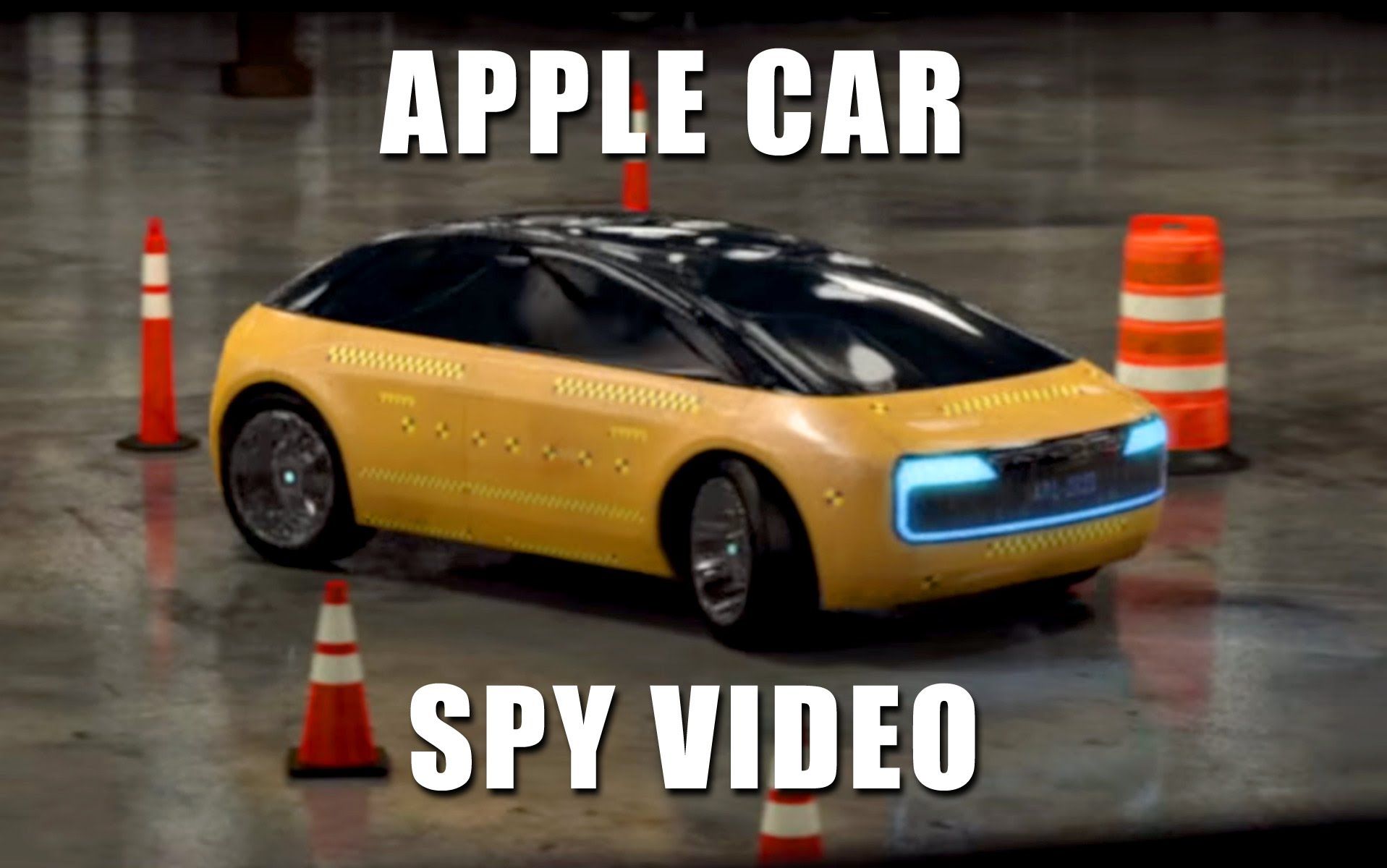

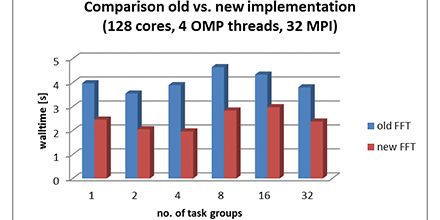
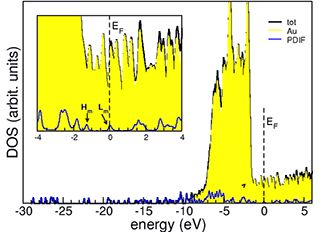 Electrical conductivity of a PDI-FCN2 molecule.
Electrical conductivity of a PDI-FCN2 molecule.